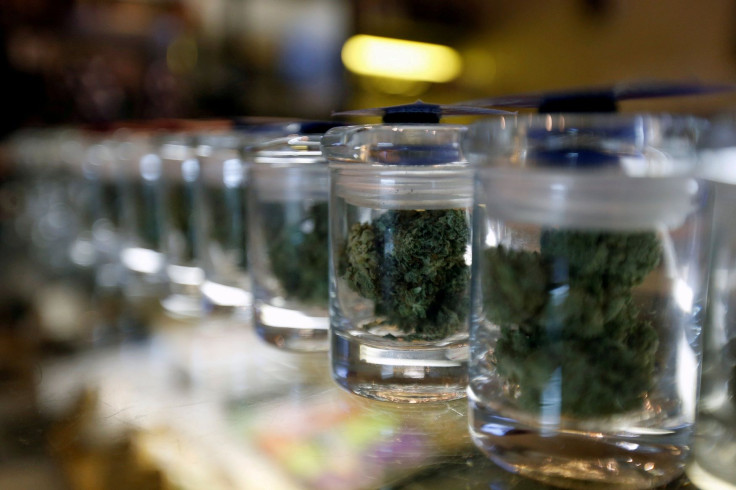Excessive drug use in WA linked to high income: Premier Colin Barnett

Premier Colin Barnett claimed that drug use is in abundance in Western Australia because of high incomes. However, this claim has been opposed by the state’s police commissioner.
Barnett’s assertion concerning high drug use rates came at the leaders election debate on Wednesday. "The reason drugs are high here is because incomes are high, that's a reality," he said.
However, the claim was met with opposition from Police commissioner Karl O'Callaghan. He said the reason given was unsubstantiated, adding that the view stemmed from the idea that employees earning high disposal income during the mining boom were using drugs.
"I think it's an interpretation. There is no evidence or data that proves that is the case," O’Callaghan said, speaking with 6PR radio. "Why (usage) hasn't changed with a change in the economy, I don't know. Perhaps people are hooked now and they have no choice."
O’Callaghan attributed the high drug use rate to other factors – including the 20,000 coast line the state has, described by the police commissioners as a “soft border.”
The divided opinions come as Greens leader Richard Di Natale, while campaigning for the WA election in Perth, called for decriminalisation of drug possession for personal use. Di Natale said illicit use of drugs should be considered as a health issue and not a criminal one.
On Tuesday, he said he saw during his work as a drug and alcohol doctor that the current approach taken towards combating drug use was more counterproductive. "We need to treat people who have a health problem through the health system, and not treat them like criminals," he said.
According to a 2013 National Drug Strategy household survey, WA had the highest number of per capita users of the drug ice. The drug and associated crimes have become a major problem in the state. The state’s sewage, which underwent scientific analysis last year, was found to contain drug traces amounting to 57,000 hits a day ($2 billion a year).






